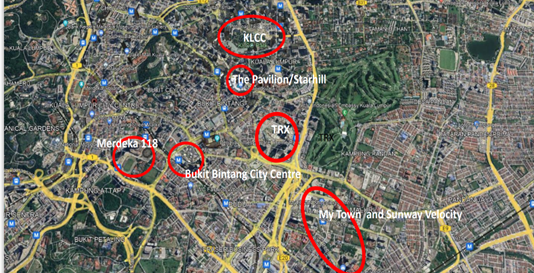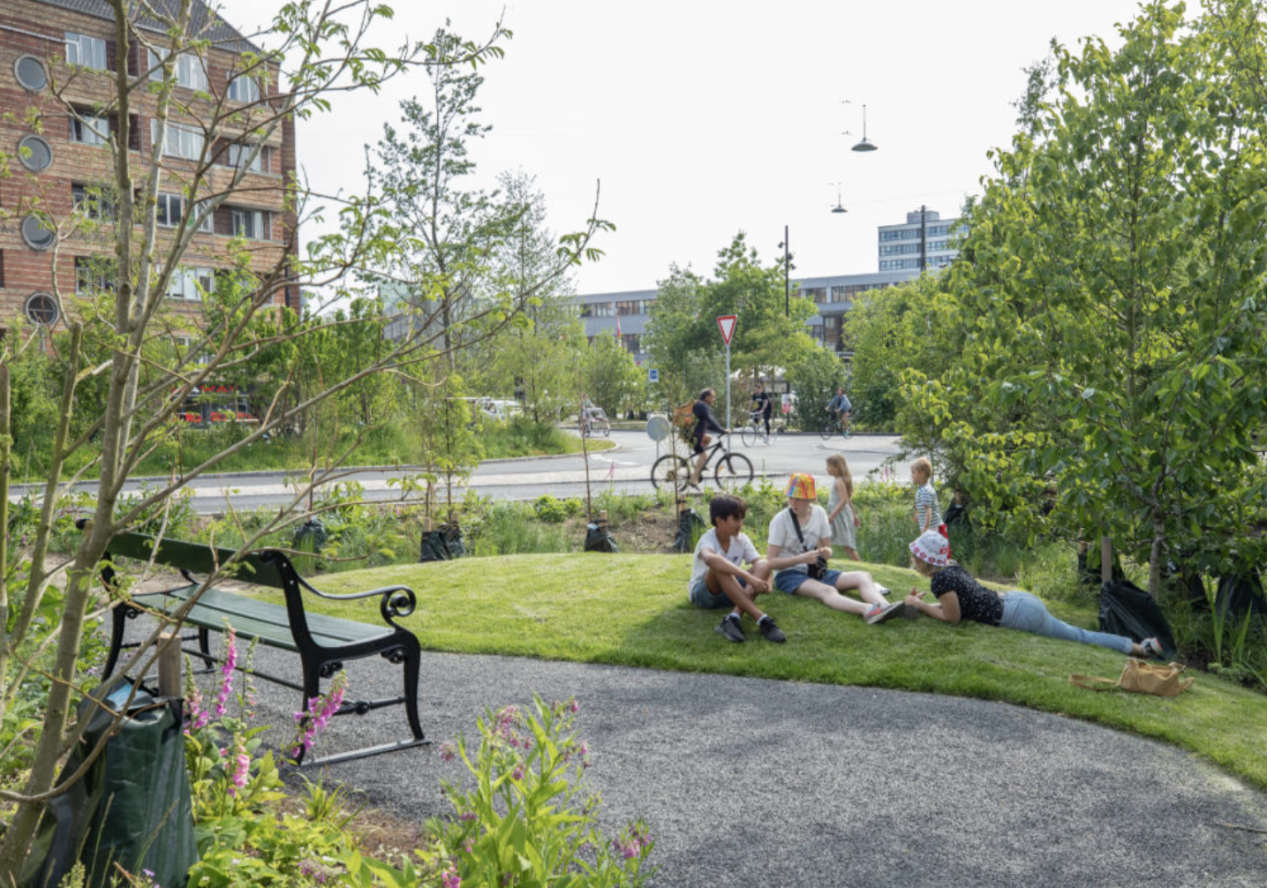Green areas play a vital role in the development of flourishing communities, offering a wide range of physical, mental, and social advantages. Regrettably, there exists an unequal distribution of access to these areas among various communities. Low income communities, frequently confronted with restricted resources and urban adversities, encounter inequities in their ability to access green spaces (Wen et al., 2013; Kabisch and Haase, 2014; Jennings et al., 2016; De Vries et al., 2020). The low availability and quality of urban green spaces also contributes to poorer health in these neighborhoods (Maas et al., 2006). The presence of inclusive green spaces is of utmost importance in facilitating the enhancement of community well-being, the promotion of social cohesion, and the mitigation of environmental justice issues.
The Importance of Green Spaces
Green spaces are not simply extravagant amenities; they play a crucial role in promoting the overall well-being and enhancing the quality of life within a community. These areas provide individuals with the chance to engage in physical activity, engage in recreational activities, and experience relaxation, all of which contribute to enhanced mental well-being and the alleviation of stress. Furthermore, they contribute to the improvement of air quality, promote biodiversity, and minimise the adverse effects of climate change. Inclusive green spaces, which are intentionally built to cater to the unique requirements of low-income communities, have the potential to serve as catalysts for fostering beneficial transformations.
Addressing Disparities
One of the primary obstacles that must be addressed is the establishment of a fair and just allocation of green spaces. Low-income communities frequently experience limited availability of parks and recreational facilities, hence exacerbating disparities in overall welfare (Maas et al., 2006). It is imperative for urban planning to place a high priority on the establishment and upkeep of green spaces within these regions, with the aim of fostering an equitable allocation of environmental resources.
Secondly, the development of inclusive green spaces should involve the active participation and consultation of the communities they aim to serve. The inclusion of inhabitants in the planning process guarantees that the design of places aligns with the distinct requirements and preferences of the community. This form of interaction facilitates the development of a feeling of possession and satisfaction, hence strengthening the bond between individuals and their surroundings.
Thirdly, the design of green spaces can be optimised to fulfil many roles, so effectively addressing diverse community needs concurrently. As an illustration, a park has the potential to encompass many amenities such as community gardens, exercise facilities, and areas designed for social interaction. Multi-functional spaces have the potential to improve the overall usefulness and inclusivity of green areas for many demographic groups residing in low-income communities.
Fourthly, in order to foster inclusivity within green spaces, it is imperative that the amenities offered within these locations are both inexpensive and accessible to all members of the community. This entails guaranteeing that recreational equipment, sporting facilities, and community events are accessible to individuals of all income levels, without regard to their financial means.
One notable obstacle that frequently hinders low-income communities from accessing green places is transportation. Therefore, the enhancement of public transport networks and the improvement of pedestrian and bicycle infrastructure might facilitate greater accessibility to open spaces among a wider range of individuals.
Conclusion
The significance of inclusive green spaces extends beyond their visual appeal, as they play a crucial role in promoting social equity and environmental integrity. The provision of fair access to green spaces for low-income neighbourhoods not only enhances the well-being of inhabitants but also fosters a more sustainable and cohesive urban environment. The prioritisation of inclusive green spaces is imperative in the face of ongoing urban growth and transformation, as it plays a vital role in fostering resilient, healthy, and cohesive communities.
References:
De Vries, S., Buijs, A. E., and Snep, R. P. H. (2020). Environmental justice in the netherlands: Presence and Quality of Greenspace Differ by Socioeconomic Status of Neighborhoods. Sustainability 12 (5889).
Maas, J., Verheij, R. A., Groenewegen, P. P., de Vries, S., and Spreeuwenberg, P. (2006). Green Space, Urbanity, and Health: How strong Is the Relation?. J. Epidemiol. Community Health 60 (7), 587–592.
Jennings, V., Larson, L., and Yun, J. (2016). Advancing Sustainability through Urban green Space: Cultural Ecosystem Services, Equity, and Social Determinants of Health. Ijerph 13, 196.
Kabisch, N., and Haase, D. (2014). Green justice or Just green? Provision of Urban green Spaces in Berlin, Germany. Landscape Urban Plann. 122, 129–139.
Wen, M., Zhang, X., Harris, C. D., Holt, J. B., and Croft, J. B. (2013). Spatial Disparities in the Distribution of parks and green Spaces in the USA. Ann. Behav. Med. 45, 18–27

Minimum green spaces are provided for in low-income community.

Accessible green spaces should be provided for all.
Tarikh Input: 21/12/2023 | Kemaskini: 21/12/2023 | uswahhasanah
PERKONGSIAN MEDIA






























